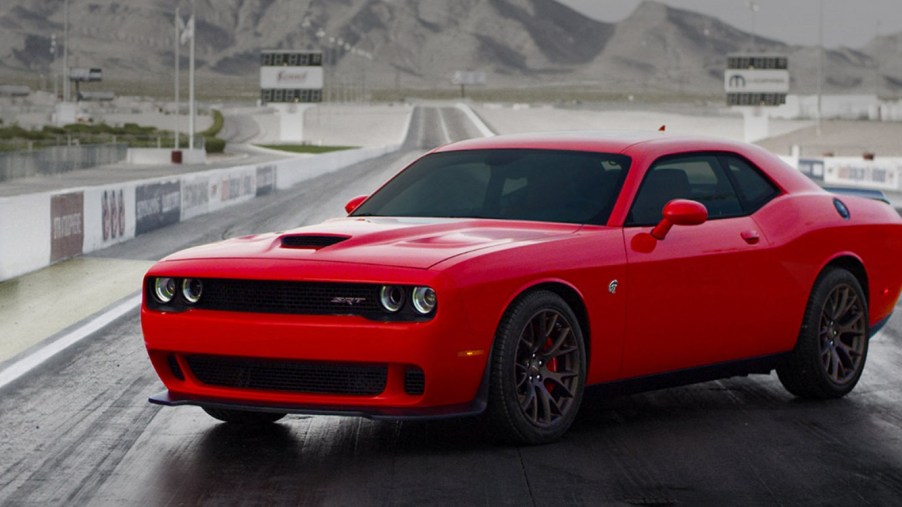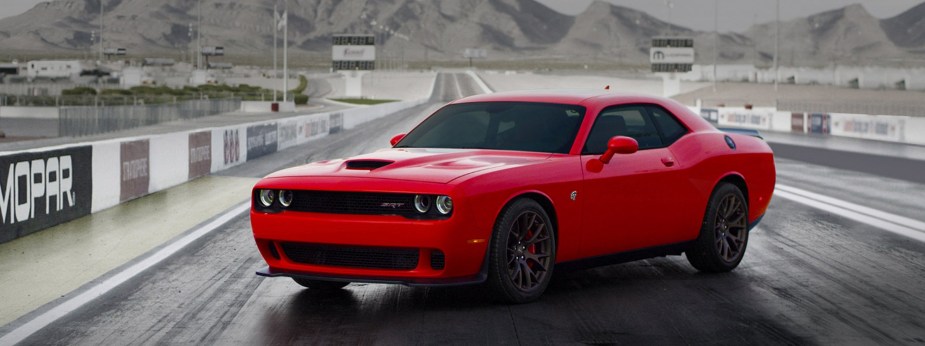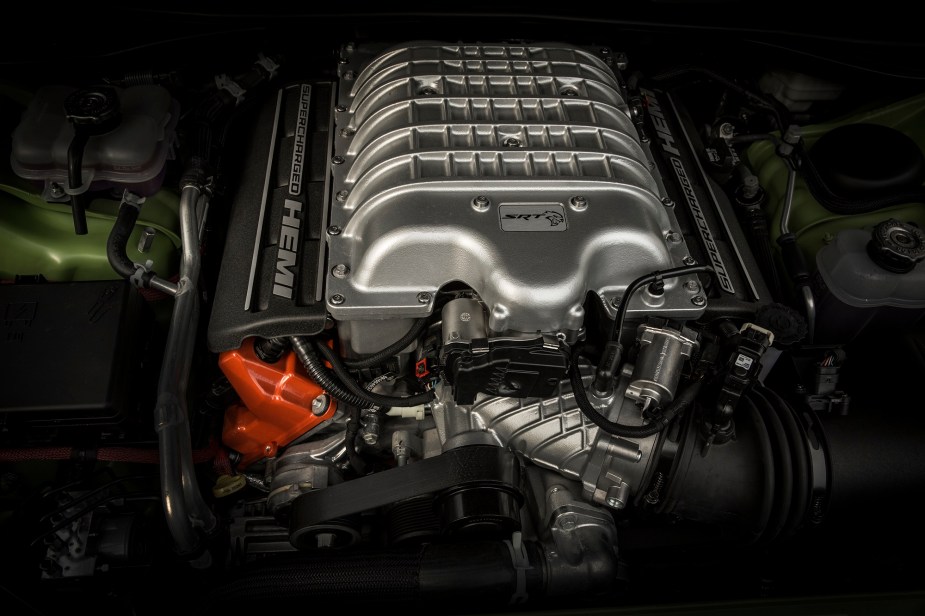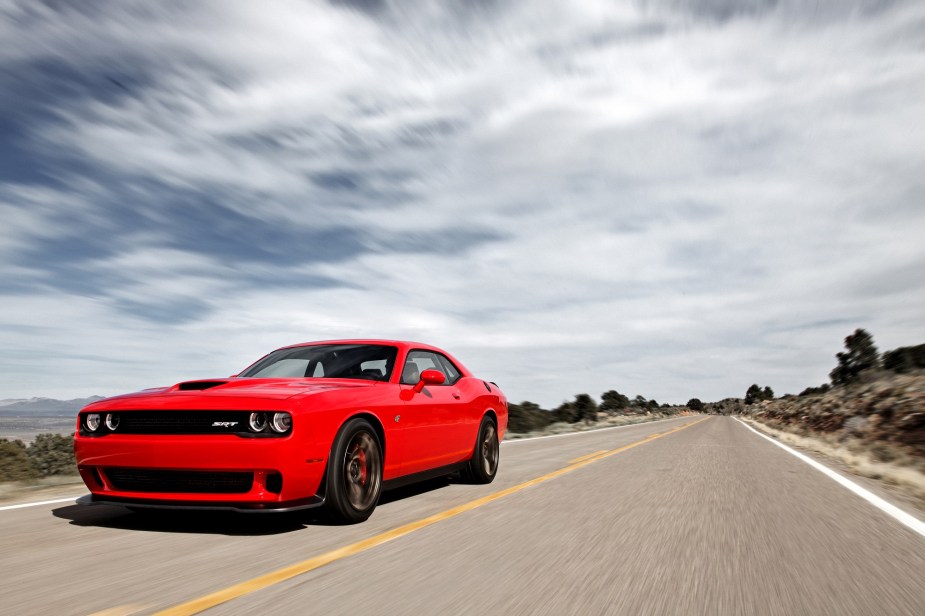
Hellcat: All of Your Questions Answered
Most of us are old enough to remember hearing that manic supercharger whine from Dodge’s nuclear option muscle car the first time. The Dodge Challenger SRT Hellcat much less came onto the scene than it exploded onto it. Still, with the many years and iterations of the company’s flagship monster, people have many questions about the Dodge muscle car. Here are all of your questions answered.
Why is it called a Hellcat?
Tim Kuniskis, then-Head of Passenger Cars at Fiat Chrysler Automobiles (FCA), was excited to present the Dodge Challenger Hellcat with its 707-horsepower supercharged engine codenamed Hellcat. The moniker belongs to the engine, not the car specifically. In fact, Dodge has a habit of naming its engines outlandishly; just look at the 6.4L Apache and the 1,000-hp Hellephant. Still, Dodge carries the engine’s name over to the host car, so we have a Challenger Hellcat, a Charger Hellcat, and more.

When did the Dodge muscle car come out?
Dodge first sold the Challenger Hellcat for the model year 2015. When the Dodge model was first sold, it was the most powerful muscle car in the world and arguably took the horsepower wars to another level.
How much does a Hellcat cost?
Today, shoppers must be ready to spend a fair purchase price of $65,598 to get their hands on a 2022 Dodge Challenger Hellcat. However, with supply chain follies and dealership shortages, you might spend much more. When the car first came out, it had a base price of $60,590. So the prices haven’t risen that much in the muscle car’s seven-year tenure.

Is driving a Hellcat hard?
Driving a Hellcat may seem intimidating, but it isn’t as hard as you might think. I drove a black-on-black 2015 example in Austin, Texas, and I was surprised by how manageable the 4,488 lb, 707-horsepower brute felt. Sure, it was more than willing to chirp-and-smoke tires in just about any gear, but with its Bilstein shocks and active exhaust system, it was, dare I say, refined at times. Glossing over some drone and the girth while maneuvering the vehicle, it felt right at home at cruising speeds on the highway as well as blasting from stoplight to stoplight.
How fast is a Hellcat?
All generations of Hellcat are fast cars, if not nimble around a track. According to Car and Driver, the 2015 Dodge Challenger Hellcat had a manufacturer’s estimated top speed of 199 mph. Not bad for a car with the aerodynamic properties of a literal brick. The newest iteration, the 2022 model year, will top out at 203 mph.

How much does it cost to insure?
It will cost you approximately $3,528 to insure a Dodge Challenger SRT Hellcat annually. Of course, that number also depends on personal factors like driving record, gender, age, and location. The number rises only slightly for higher-horsepower variants like the Redeye. Still, that is a lot of money to insure a muscle car.
Scroll down to the following article to read more about the Dodge Challenger!



